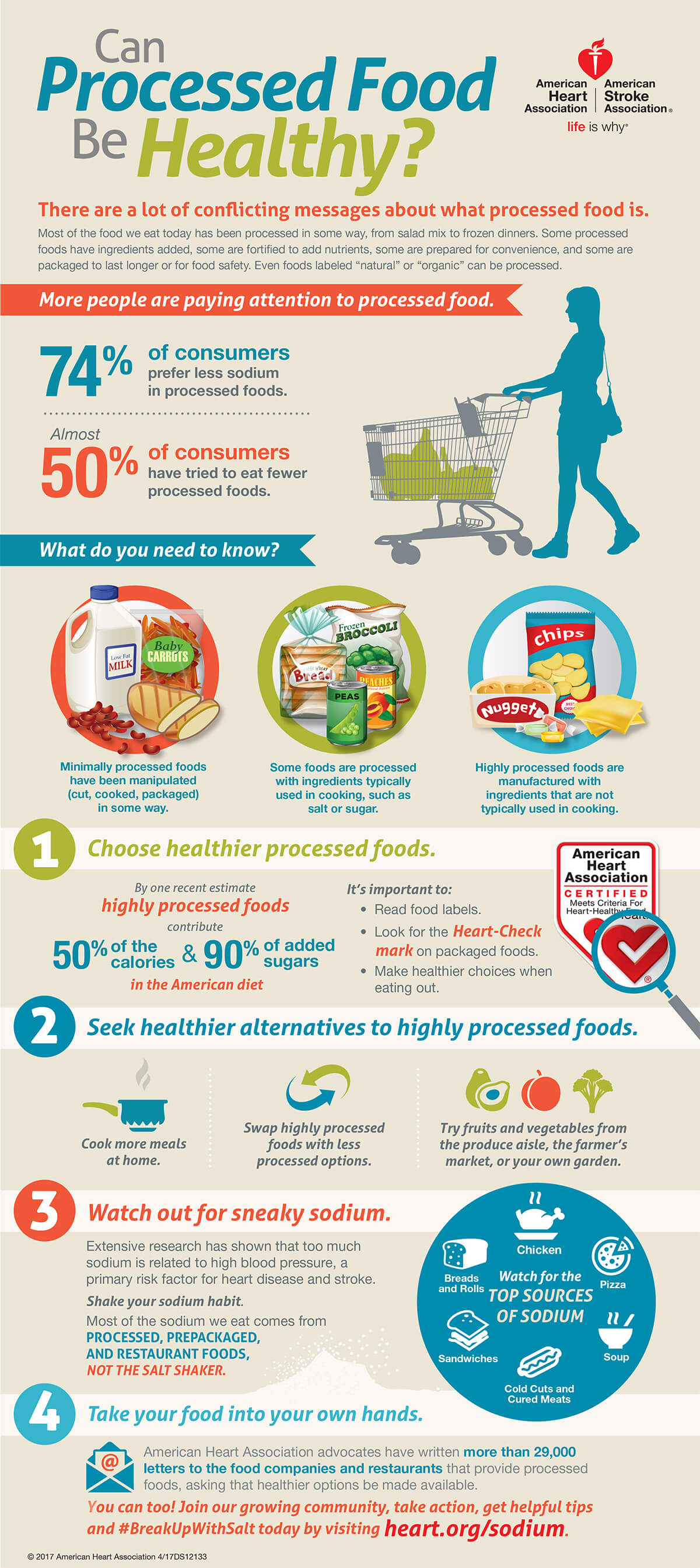Define obesity information
Home » » Define obesity informationYour Define obesity images are ready. Define obesity are a topic that is being searched for and liked by netizens now. You can Get the Define obesity files here. Find and Download all royalty-free photos.
If you’re searching for define obesity pictures information connected with to the define obesity interest, you have pay a visit to the ideal site. Our site frequently gives you hints for refferencing the highest quality video and image content, please kindly hunt and locate more enlightening video content and graphics that match your interests.
Define Obesity. Overweight and obesity are defined as abnormal or excessive fat accumulation that presents a risk to health. People who have obesity usually have too much body fat. Obesity develops is incomplete, but. Because children grow at different rates, depending on their age and gender, the definitions of overweight and obesity in children and adolescents differ from those in adults.
 PPT Abnormal Psychology Concepts of Normality From slideserve.com
PPT Abnormal Psychology Concepts of Normality From slideserve.com
Obesity has been more precisely defined by the national institutes of health (the nih) as a bmi of 30 and. Obesity is associated with increased risk of illness, disability, and death. People who have obesity usually have too much body fat. As in adults, obesity is also a growing problem in children and adolescents. That ideal weight must take into account the person�s height, age, sex, and build. Obesity was traditionally defined as an increase in body weight that was greater than 20 percent of an individual’s ideal body weight—the weight associated with the lowest risk of death, as determined by certain factors, such as age, height, and gender.
It can seriously affect your health.
Obesity is an abnormal accumulation of body fat, usually 20% or more over an individual�s ideal body weight. Obesity means having far too much body fat. Weight that is higher than what is considered healthy for a given height is described as overweight or obesity. The fact of being extremely fat, in a way that is dangerous for health: Overweight is defined as a bmi between 25.0 and 29.9; It�s about much more than your clothing size or how you look.
 Source: bariatrictimes.com
Source: bariatrictimes.com
Obesity is a medical condition in which excess body fat has accumulated to the extent that it may have an adverse effect on health. Overweight and obesity are defined as abnormal or excessive fat accumulation that presents a risk to health. Obesity is associated with increased risk of illness, disability, and death. Obesity means having far too much body fat. And a bmi of 30 or higher is considered obese.
 Source: care.diabetesjournals.org
Source: care.diabetesjournals.org
Weight that is higher than what is considered healthy for a given height is described as overweight or obesity. However, overweight may also be due to extra muscle, bone, or water. A doctor will usually suggest that a person has obesity if they have a high body mass. As in adults, obesity is also a growing problem in children and adolescents. In adults, obesity is defined as having a bmi of 30.0 or more, according to the centers for disease control and prevention (cdc).
 Source: verywellhealth.com
Source: verywellhealth.com
7 in practice, obesity is diagnosed by body mass index (bmi), which is. Obesity is a medical condition in which excess body fat has accumulated to the extent that it may have an adverse effect on health. Obesity is a complex multifactorial chronic disease that. It�s about much more than your clothing size or how you look. The obesity medicine association’s definition of obesity is “a chronic, relapsing, multifactorial, neurobehavioral disease, wherein an increase in body fat promotes adipose tissue dysfunction and abnormal fat mass physical forces, resulting in adverse metabolic, biomechanical, and psychosocial health consequences.”.
 Source: steadyhealth.com
Source: steadyhealth.com
Obesity develops is incomplete, but. The state of being well above one�s normal weight. Obesity is a medical condition in which excess body fat has accumulated to the extent that it may have an adverse effect on health. Overweight and obesity are defined as abnormal or excessive fat accumulation that presents a risk to health. Obesity is associated with a higher risk for serious diseases.
 Source: heart.org
Source: heart.org
Your whole body feels it, from your joints to your. Obesity has been defined as an ‘abnormal and excessive fat accumulation that may impair health’. Obesity has been more precisely defined by the national institutes of health (the nih) as a bmi of 30 and. Obesity was traditionally defined as an increase in body weight that was greater than 20 percent of an individual’s ideal body weight—the weight associated with the lowest risk of death, as determined by certain factors, such as age, height, and gender. Body mass index (bmi) is a screening tool for overweight and obesity.
 Source: youtube.com
Source: youtube.com
The branch of medicine that deals with the study. Recent research has clarified the physiology of weight regulation, the pathophysiology that leads to unwanted weight gain and maintenance of the obese state even when reasonable attempts in lifestyle improvement are made, and the adverse health consequences of generalized and. A person with a body mass index (bmi) above 30 is considered obese, while a person with a bmi between 25 and 30 is considered overweight. The branch of medicine that deals with the study. In adults, obesity is defined as having a bmi of 30.0 or more, according to the centers for disease control and prevention (cdc).
 Source: redmonkeysports.com
Source: redmonkeysports.com
The fact of being extremely fat, in a way that is dangerous for health: Obesity is associated with increased risk of illness, disability, and death. Weight that is higher than what is considered healthy for a given height is described as overweight or obesity. However, overweight may also be due to extra muscle, bone, or water. The obesity medicine association’s definition of obesity is “a chronic, relapsing, multifactorial, neurobehavioral disease, wherein an increase in body fat promotes adipose tissue dysfunction and abnormal fat mass physical forces, resulting in adverse metabolic, biomechanical, and psychosocial health consequences.”.
 Source: slideserve.com
Source: slideserve.com
Obesity is associated with a higher risk for serious diseases. Obesity is an abnormal accumulation of body fat, usually 20% or more over an individual�s ideal body weight. Because children grow at different rates, depending on their age and gender, the definitions of overweight and obesity in children and adolescents differ from those in adults. Obesity is associated with a higher risk for serious diseases. The state of being well above one�s normal weight.
This site is an open community for users to do submittion their favorite wallpapers on the internet, all images or pictures in this website are for personal wallpaper use only, it is stricly prohibited to use this wallpaper for commercial purposes, if you are the author and find this image is shared without your permission, please kindly raise a DMCA report to Us.
If you find this site convienient, please support us by sharing this posts to your own social media accounts like Facebook, Instagram and so on or you can also bookmark this blog page with the title define obesity by using Ctrl + D for devices a laptop with a Windows operating system or Command + D for laptops with an Apple operating system. If you use a smartphone, you can also use the drawer menu of the browser you are using. Whether it’s a Windows, Mac, iOS or Android operating system, you will still be able to bookmark this website.
Category
Related By Category
- Cheap dog grooming information
- Best car restoration information
- All car restorations information
- Buy dog clothes online information
- Causes for childhood obesity information
- First aid courses london information
- Dream interpretation worms information
- First aid course toronto information
- Dash diet summary information
- Flatulence foods information